Premium Only Content
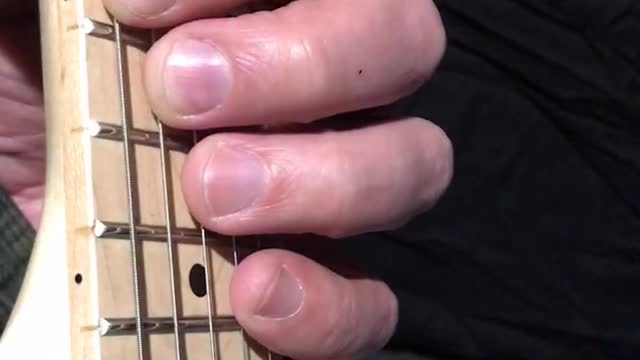
Guitar Theory - Moveable Blue Note Shape - 6 Half Steps
In this exercise, we listen to the sound of the root note and its blue note, which is 6 half steps above, and also 6 half steps below, the root note and/or octave note.
We listen to how this shape sounds relatively as we move up and down the length of the strings.
When using this shape, you don’t have to fret all 4 strings all the time. You could fret just 1 string, and mute the other 3 strings.
So practice muting and fretting each of the strings while using this hand shape.
This shape is useful because it is the 6th half step, and the next lesson will be the 7th half step, or the Perfect 5th.
This chord shape is preparing your ring finger for its next task, which will be to move from its position 2 strings away from the root note, to a position just 1 string away from the root note.
Once the ring finger can establish itself as an anchor point, reference point, pivot point, at the Perfect 5th,
then the other fingers can use the ring finger to find other nearby notes
Since we have already counted UP one half step at a time from 0 to 6, we could keep counting UP from 7 to 12,
OR,
We could count DOWN one half step at a time from 12 to 7, etc.
Why?
Because music moves too fast for you to be fumbling around trying to figure out how to count 11 half steps UP, when you could just as easily just count 1 half step DOWN.
So, just like we learned where the 1st fret is,
And we learned where the first hand position is,
But then we skipped to the 12th hand position, without needing to know anything about hand positions 1-11.
So far, we have been counting UP from the root note, and each half step farther we get away from the root note, is another half step we have to “count” if we are counting frets.
And so 1 half step, and 2 half steps, and 3 half steps,
were kind of easy to visualize, and were easily within your reach
But as we get to the 6th half step, and beyond, it gets harder to visualize, and reach.
to work around this problem, we just go up an octave, and begin counting DOWN by half steps.
If i know 12 half steps is an octave, and 11 half steps is a major 7th,
Then all i have to do is go UP 12 half steps, to the octave, and then back DOWN one half step to the Major 7
And down 2,3,4,5,6,7 half steps,
So that you can intuitively “count frets” from bottom to top, and top to bottom,
As for the perfect 4th and perfect 5th,
You’ll intuitively know how to find these important notes, several different ways,
and your ear-hand will just know what to do to make it work, to get the next note you want to hear, in any situation.
The next lessons will be about 7,8,9,10,11,12 half steps
if we counted UP by one half step at a time, from 1,2,3,4,5,6,7
We will now count DOWN by one half step at a time, from 12,11,10,9,8,7,6,5
Note that half steps 5,6,7 get counted both from the bottom UP, AND from the top DOWN,
Whereas half steps 1,2,3,4 and 12,11,10,9 only get counted ONCE from the bottom, or top, respectively
-
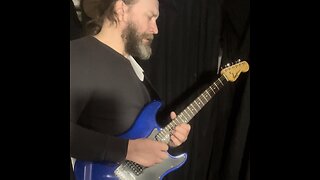 3:28
3:28
Beginner Guitar
2 years agoBeethoven’s 9th Symphony - “Ode To Joy” on Guitar
764 -
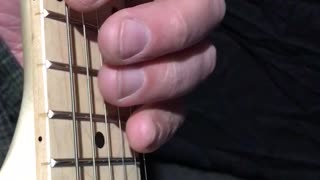 0:50
0:50
Beginner Guitar
4 years agoGuitar Theory - The Blue Note - 6 half steps
120 -
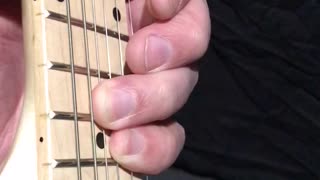 0:46
0:46
Beginner Guitar
4 years agoGuitar Theory - Root Note and Blue Note - 6 half steps
102 -
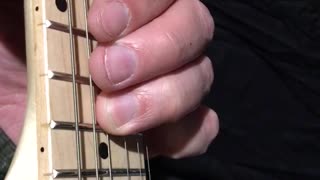 0:53
0:53
Beginner Guitar
4 years agoGuitar Theory - The Octave Shape - 12 half steps
572 -
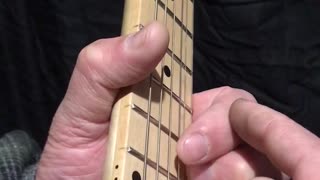 1:13
1:13
Beginner Guitar
4 years agoGuitar Theory - The D shape
95 -
 0:23
0:23
Beginner Guitar
4 years agoGuitar Listening Exercises - Root, 1 half step, 2 half steps, 3 half steps
42 -
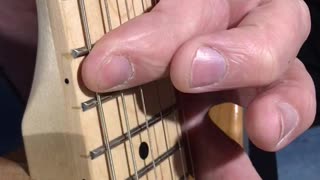 0:48
0:48
Beginner Guitar
4 years agoBeginner Guitar Listening Exercises - Root thru 5 half steps
60 -
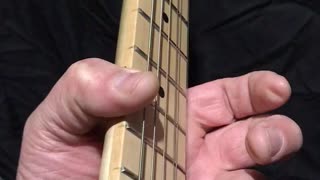 0:55
0:55
Beginner Guitar
4 years agoGuitar Theory - combining two shapes into a bigger chord
63 -
 4:46
4:46
CrumblyCake
4 years agoCMP# 301 Pentatonic Theory/Application Guitar Backing Track
69 -
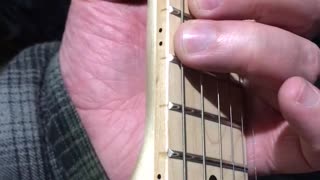 0:36
0:36
Beginner Guitar
4 years agoGuitar Shapes - Major 3rd shape using two middle fingers
62